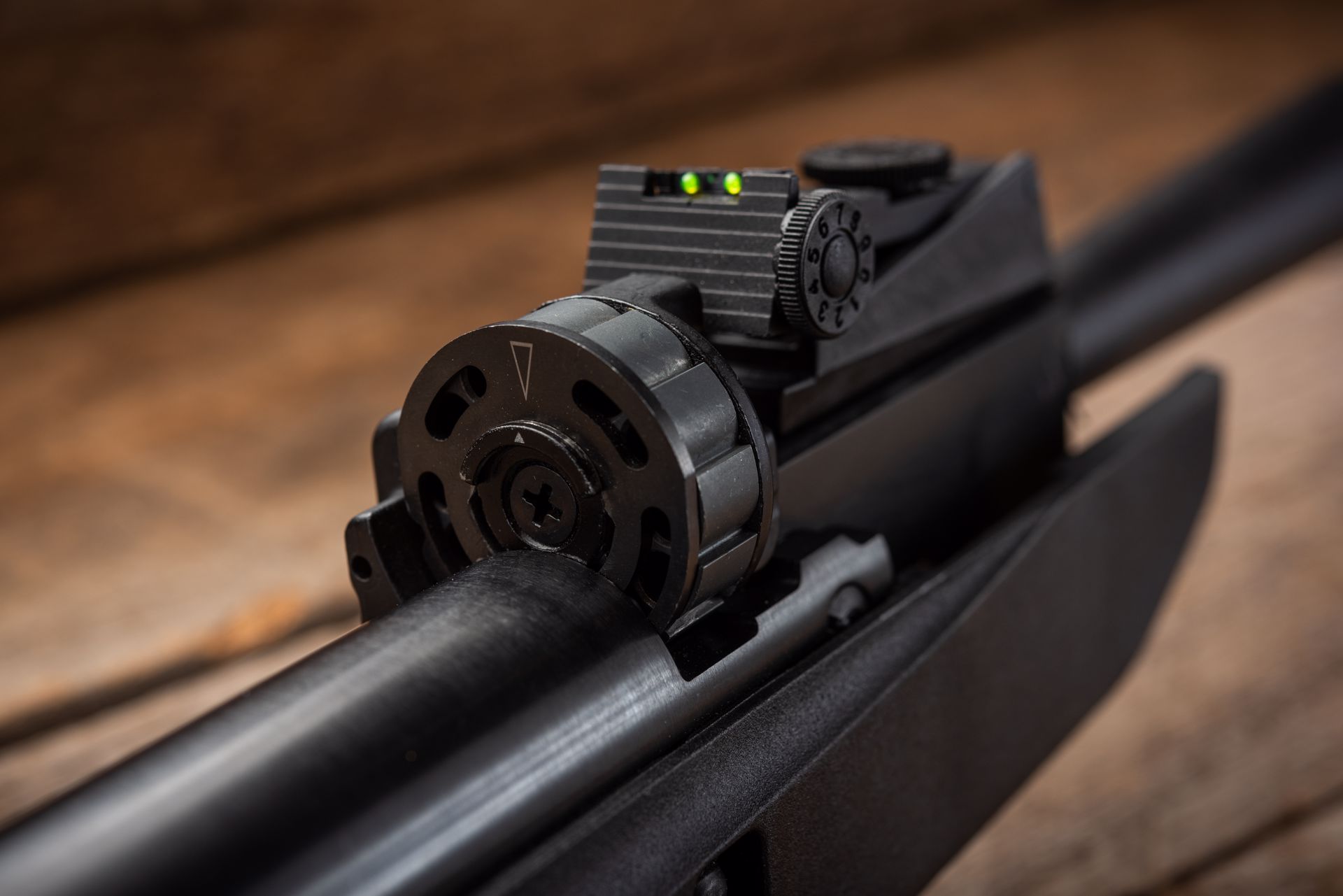Discover the inner workings of an air rifle with our comprehensive guide! From the mechanics behind its powerful shots to the intricate process of propelling pellets, we unravel the secrets of how an air rifle works. Join us as we delve into this fascinating realm of compressed air technology and gain a deeper understanding of this versatile firearm.
Table of Contents
The Internal Mechanics of the Air Rifle

Air rifles operate using compressed air or CO2 to propel ammunition, such as pellets, slugs, or BBs. Unlike traditional firearms, they do not rely on gunpowder for propulsion. The firing process of an air rifle happens in just milliseconds and involves a complex sequence of reactions.
One common type of powerplant used in air rifles is the spring-piston mechanism. When the operator flexes the lever of a spring-piston air rifle, a spring-loaded pump piston moves back into the mainspring, causing compression until the rear of the piston engages the sear. When the trigger is pulled, the sear is disengaged, allowing the mainspring to decompress. This releases elastic potential energy and pushes the piston forward, compressing the air in the pump cylinder and increasing pressure. The pressurized air then propels the ammunition.
There are other powerplants used in air rifles as well, such as pneumatics and compressed gas. These powerplants operate slightly differently than spring-pistons but still achieve similar results. Pneumatic powerplants use compressed air that is already pressurized, either through hand pumps or external sources like tanks filled with an air compressor. Pre-Charged Pneumatic (PCP) rifles are one example of pneumatic powerplants that can be easily filled and shoot until their pressurized air store is depleted.
Powerplant Modules
Air rifles utilize various powerplant modules to generate the pressure needed to propel ammunition. The most common powerplant is the spring-piston, where a spring-loaded pump piston compresses air when the lever is flexed. Upon pulling the trigger, the sear disengages and releases the stored energy in the mainspring, pushing the piston forward and pressurizing the air in the pump cylinder.
Pneumatic powerplants operate on compressed air that is already pressurized. Hand pumps are used to pressurize the air in an internal reservoir for some pneumatic air rifles. Pre-Charged Pneumatic (PCP) air rifles, on the other hand, are filled with external sources such as air compressors or paintball/scuba tanks. Once filled, PCP rifles can shoot until their pressurized air store is depleted. Other types are spring powered and CO2 powerplant.
General Operation of An Air Rifle

Air rifles use compressed air or CO2 to propel pellet, slug, or BB ammunition. Unlike traditional firearms, they do not rely on gunpowder for propulsion. One of the most common powerplants used in air rifles is the spring-piston mechanism.
In a spring-piston air rifle, when the operator flexes the lever, a spring-loaded pump piston moves back into the mainspring, causing compression until the rear of the piston engages the sear. When the trigger is pulled, the sear is disengaged and the mainspring decompresses. This releases elastic potential energy and pushes the piston forward, compressing the air in the pump cylinder and increasing pressure. This pressurized air propels the ammunition.
There are other powerplants used in air rifles as well, such as pneumatic and compressed gas mechanisms. Each powerplant operates slightly differently but ultimately controls how an airgun functions. For example, break barrel air rifles require cocking by pulling down on the end of the barrel to compress the piston and mainspring. Pump pneumatic and PCP rifles need to be filled with pressurized air before firing.
In conclusion, an air rifle operates by utilizing compressed air to propel projectiles. The air is stored in a reservoir and released when the trigger is pulled, forcing the pellet or BB out of the barrel with high velocity and accuracy. This mechanism makes air rifles a popular choice for recreational shooting and pest control due to their quietness, safety, and ease of use.












































